Culture
-

Li and Miao Minority Culture
The ancestors of the Li people came from mainland China over 5,000 years ago, and were the earliest inhabitants of Hainan Island, and the only native Hainan ethnic group. The Miao people came from Guangzhou and Guangdong 400 years ago, and permanently settled in Hainan. Through long years of living in Hainan, the cultures of the Li and Miao people melded, creating a new and unique Hainan island culture.
Magnificent Li Brocade - Li Brocade is already recognized as an intangible cultural heritage item of China, and along with the Li Bamboo Pole Dance, the nose flute, and specialty foods such as bamboo rice and shanlan rice wine, are important parts of the fascinating local minority culture.
“Sanyuesan” is a traditional festival of the Li and Miao people. Every year on the third day of the third lunar month, the Li and Miao will gather together to celebrate with song and dance in Wuzhishan, Sanya, Baoting, Dongfang, Ledong, Changjiang, Baisha, Qiongzhong, and Lingshui. Traditional skills competitions, sporting competitions, culinary displays, agricultural fairs, song
-
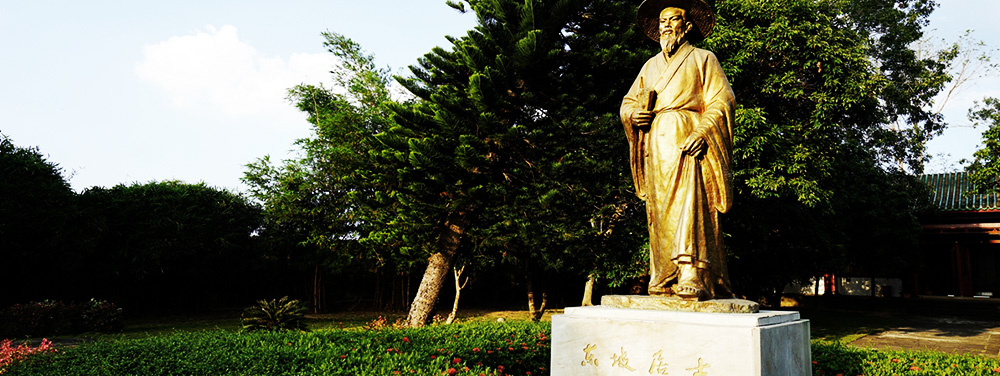
Exile Culture
Once, Hainan was a place of exile for banished court officials, and many famous historical figures once spent time here, leaving behind a huge cultural influence. Of all these exiles, without doubt the one who influenced Hainan the most is the greatly accomplished Su Shi, also known as Su Dongpo. There are two locations in Hainan that commemorate Su Dongpo: the Su Temple in the Five Officials Temple complex, and the Dongpo Academy in Danzhou.
-
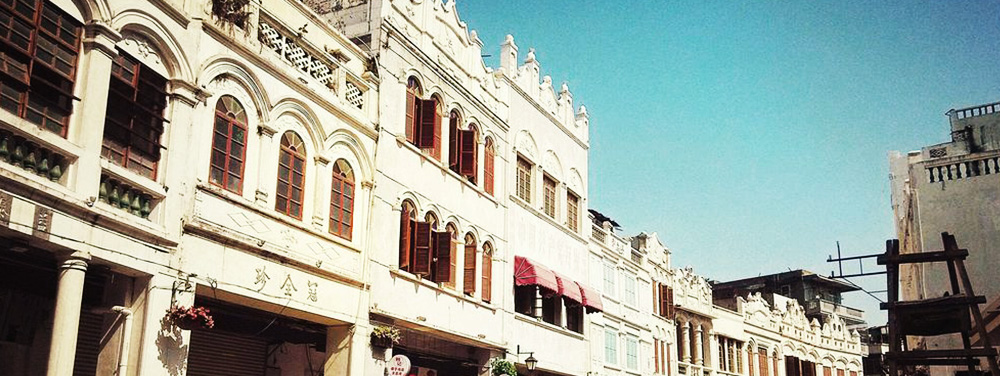
South Sea Culture
The majority of Hainan residents come originally from Fujian and Guangdong, and Hainan’s culture has roots in China’s Central Plains region. The sea goddess Matzu is worshipped here, and the local culture has been greatly influenced by South Sea Culture. From the historic Qilou streets of Haikou to Wenchang, the ancestral home of many overseas Chinese; from the Cai Clan Residence in Qionghai to the overseas Chinese farm in Xinglong, South Sea culture can be found throughout Hainan. In the architecture, the food, and the customs, traces of South Sea culture survive, and the stories and memories of the Hainan traders who sailed the South China Sea in the last century still live on.
-
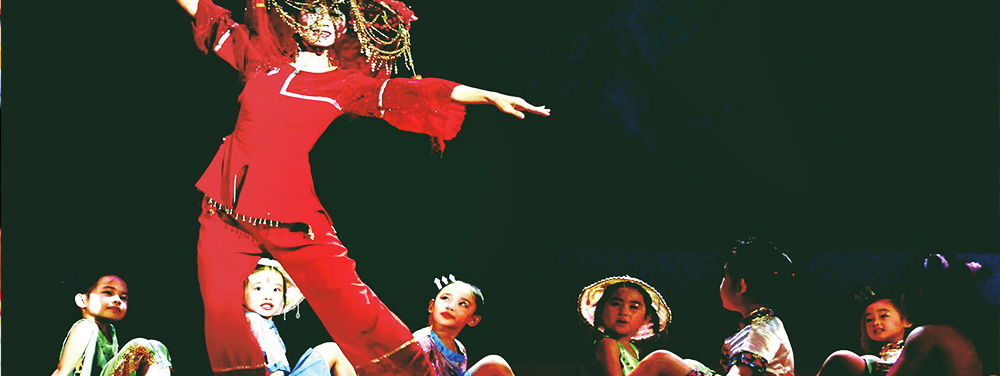
Dan Minority Culture
The Dan people got their name from their seafaring nature, and their custom of living in boats all year round. The Dan people have a long history, and they can be traced back over 7,000 years to the Hemudu period. Hainan’s Dan people originate from the coastal regions of Fujian and Guangdong, and can be found throughout Hainan province. The majority of Hainan’s Dan people live in the Lingshui and Sanya areas, and are a true nomadic boat dwelling people. Their current population exceeds 40,000 people.
-
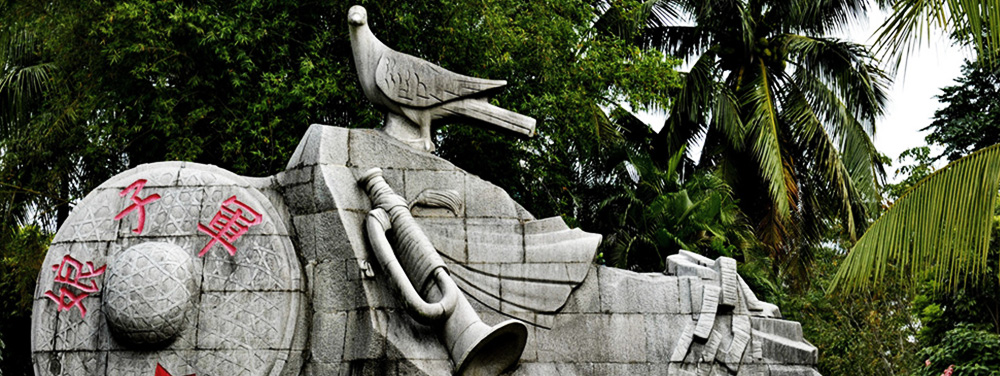
“Red” (Communist) Culture
"Red" tours are becoming more and more popular in Hainan, and Communist points of interest and tourist attractions are developing rapidly. There are many Communist sites in Hainan, including the Red Detachment of Women Memorial Gardens in Qionghai, the Murui Mountain Revolutionary Base Commemorative Park in Ding’an, the Lin’gao Cape Hainan Liberation Memorial Park, the Baisha Uprising Memorial Park, the Wanning Wanning Liulianling Revolutionary Site, the Wuzhishan Revolutionary Base Memorial Park, and the Former Site of the Haikou Qiongshan District Red Army Qiongya Column.
-
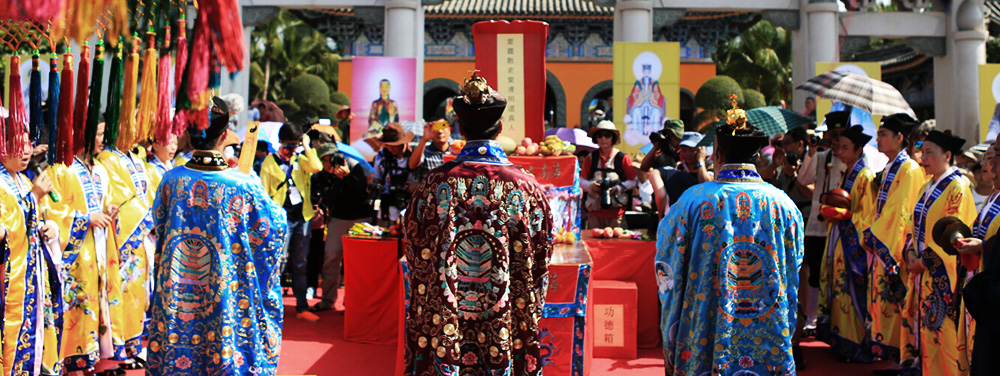
Junpo Festival
“Junpo” also known as “Gongqi”, is held throughout Hainan, and is a day for making sacrifices to local gods and ancestors. It’s often even more important and festive than even Spring Festival. The festival is held on different dates in different areas, and gods honored ranges from historical figures such as Madam Xian (Junpo Festival is called “Madam Xian Festival” in some areas), Ma Yuan, Lu Bode, Guan Yu, Yue Fei, and Confucius, to deities such as Matsu, legendary figures of Hainan minority mythology, and more. During Junpo festival, ancestors are publicly worshipped, the figures of the gods are paraded through town, dragon dances and lion dances are held, and in some places fire jumping, knife climbing, metal rod piercing, and other religious ceremonies are held. Hainan opera performances are an important part of the festival, as well as traditional puppet shows and musical performances. The Junpo Festival is also an important time for village meetings, family visits, and communal meals.





